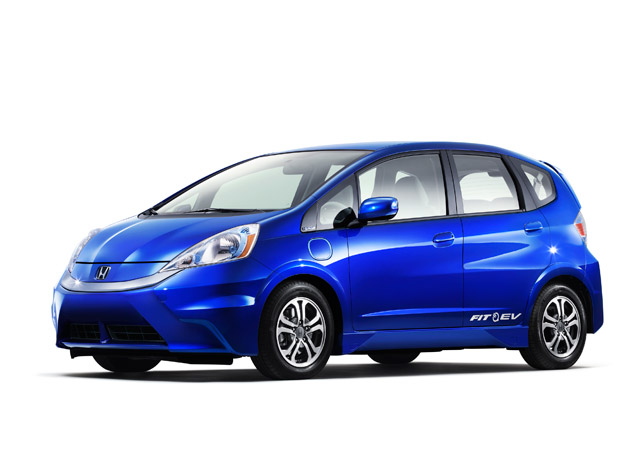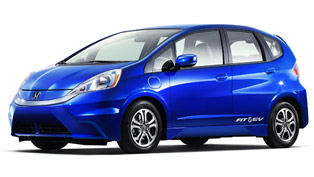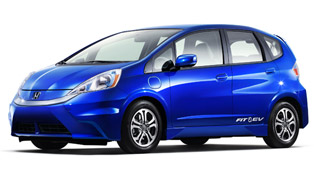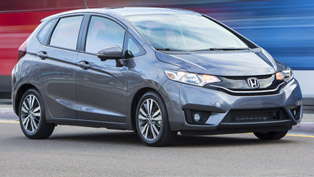2013 Honda Fit EV takes part in smarter charging project
Honda brand today announced that it is going to collaborate with Pacific Gas and Electric Company. They are going to launch a new pilot project that will allow communication between electric vehicles and the power grid.
The aim of this project is to show practically and test an electric vehicle's ability to receive and respond to charge instructions based on the grid condition and the vehicle's battery state.
In short, all these efforts will allow the customers, through the visibility into charging patterns, to more effectively manage charging during peak hours. In addition to that the companies hope that this will create consumer-friendly programs which will encourage electric vehicle adoption.
In fact, this project aims to ease the infrastructure and consumer concerns related with the mass adoption of EVs. It will do this with the addition of other layer of agility to the EV charging process. What this level of intelligence will do is to help making charging seamless for consumers. On the other hand, at the same time will ensuring that the electricity source is reliable and the infrastructure is stable.
This demonstration will be made with the help of one of the most popular EV's - 2013 Honda Fit EV. It will collect grid and vehicle data and then create an individualized charging plan for Honda's Fit EV battery electric vehicles.
In particular, by using the existing in-vehicle communications system in the Honda Fit EV, the electric vehicle can interact with utilities and the grid, thus creating a channel for sending and receiving utilized information that could improve grid management.
When the 2013 Honda Fit EV is plugged into a charge post, it initiates a charge request through the vehicles telematics system. This system is an integrated telecommunication application, which is mainly used for navigation.
What happens next is that this request is sent to IBM's Electric Vehicle Enablement Platform. There the vehicle data, such as battery state and grid data received from PG&E, is collected and mixed to create an optimized charge schedule. Of course, the next step is to communicate back the processed data to the vehicle. And all this happens in several seconds.
Next, with the help of the aggregated data, the vehicle becomes able to charge to the level that is needed while factoring any current grid constraints.

What is very specific here is that the system utilizes real time and simulated data, thank to which will test and demonstrate the ability to alter, as well as to adapt charging patterns based on grid conditions.
And all this is called simply: smart charging capability. It will enable energy providers to manage the power used by EVs during peak times by instructing vehicles to regulate charging when required.
Furthermore, this new smart charging will have the ability to collate historical EV charging data, thus creating a profile, which can predict the location and duration of EV charge loads.
Through communicating the important information directly to the vehicle, the companies assume that this will crucially enhance driver services.
For instance, the IBM's cloud based platform will be able to provide charge post location information and availability and send it directly to the vehicle, and then with the help and utilization of the telematics and Satellite-Linked Navigation it will guide the driver to the nearest place to charge.
Source: Honda










